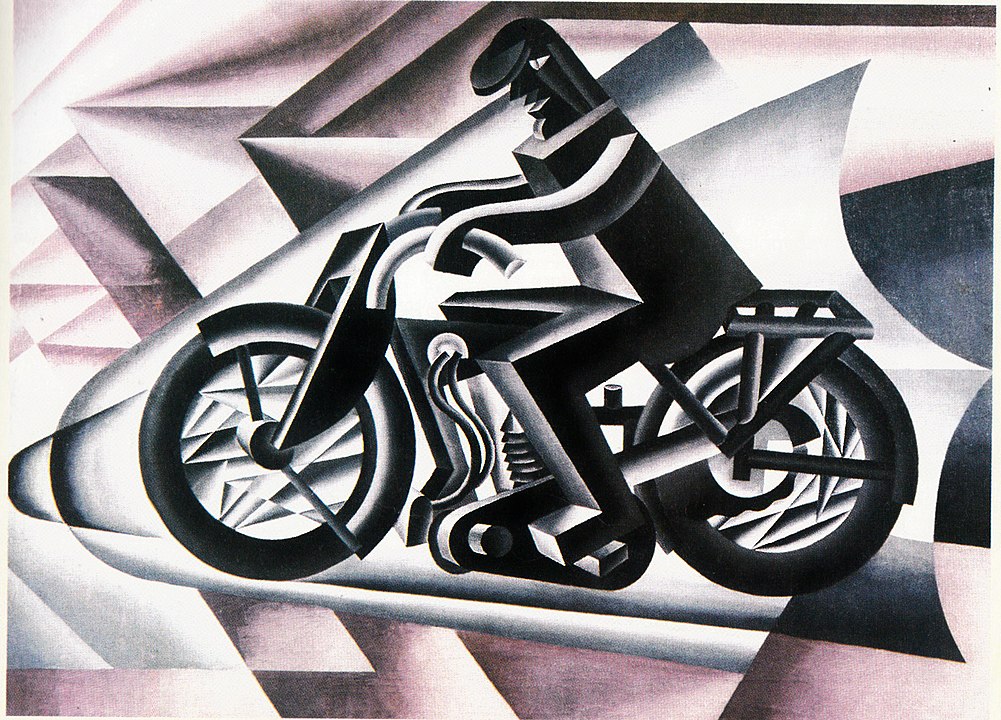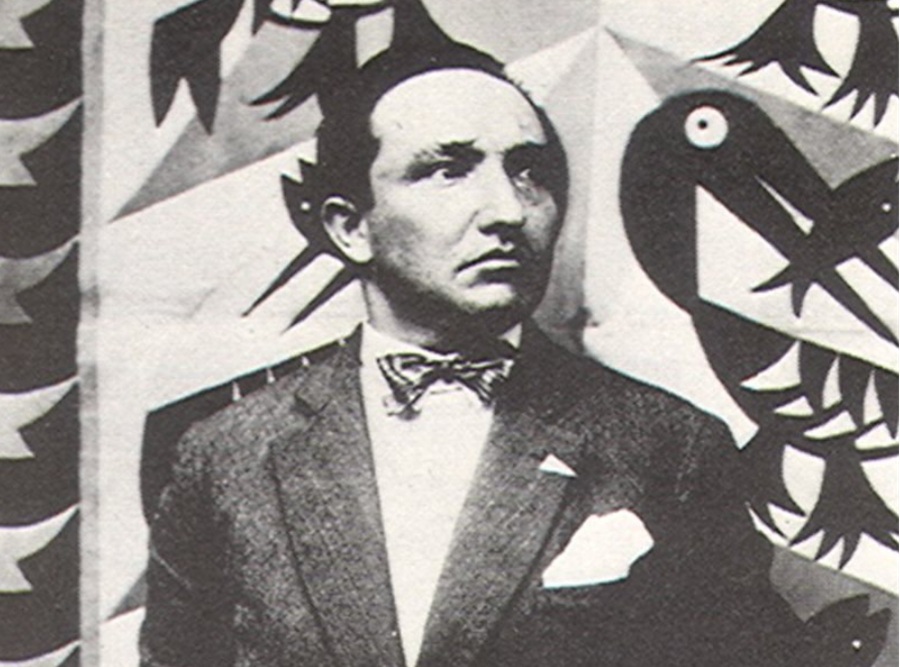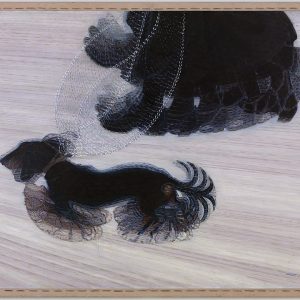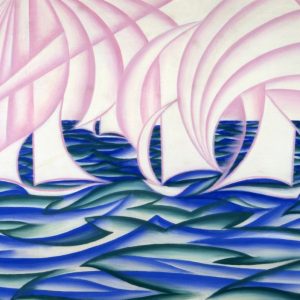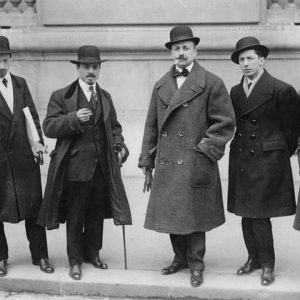Fortunato Depero, a key figure in Italy’s Futurist movement, was born on 30 March 1892 in the Trentino region. Depero was a painter, sculptor, and graphic designer. However, he is best remembered for creating the distinctive conical Campari Soda bottle, which remains an icon of Italian design today.
Depero’s artistic journey began in Rovereto, where he studied art and developed an early interest in modernist movements. Initially, he worked in a marble workshop after being rejected by the Academy of Fine Arts in Vienna. His artistic direction changed in 1913 when he encountered Futurism during a visit to Florence. This movement, which celebrated speed, technology, and modernity, deeply influenced him.
In 1914, after his mother’s death, Depero moved to Rome, where he met Giacomo Balla, a fellow Futurist. Together, they wrote Ricostruzione futurista dell’universo (Futurist Reconstruction of the Universe), a manifesto advocating a break from classical traditions. Futurists sought to depict the dynamism of modern life, embracing technological advancements and rejecting the past.
Depero worked in multiple disciplines
Depero’s work spanned multiple disciplines, including painting, sculpture, graphic design, and theatre. He designed covers for The New Yorker, Vogue, and Vanity Fair, as well as stage sets and costumes. In 1927, his trade fair pavilion for the Monza Biennale Internazionale delle Arti Decorative, featuring walls made of giant block letters, demonstrated his innovative approach to architecture and typography.
In the late 1920s, Depero’s association with the Milan-based Campari company began. He created a series of striking advertising posters and black-and-white newspaper ads that aligned with Futurism’s bold aesthetic. This collaboration led to his most famous work, the design of the Campari Soda bottle in 1932.
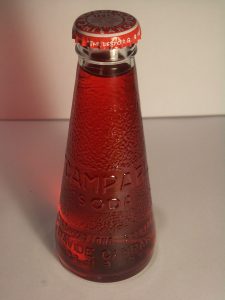
At the time, Campari took a pioneering step by launching the world’s first pre-mixed drink, blending Campari with soda water. Depero’s task was to design a unique bottle for this revolutionary product. His solution was a minimalist, conical bottle that resembled an upturned glass. The design stood out on shelves and appealed to the modern, style-conscious consumer. Its textured surface made it easy to hold, while its compact size reinforced the brand’s identity. More than 90 years later, the design remains relatively unchanged.
Futurism links to Fascism caused issues
Despite his success, Depero faced difficulties after World War II. Futurism’s early ties to Fascism led to a decline in its popularity, making Italy a challenging place for him. He moved to New York for a second time, having previously lived there in the late 1920s. While in the US, he published an English-language version of his autobiography, So I Think, So I Paint. However, he eventually returned to Italy, settling in Rovereto, where he died in 1960 due to complications from diabetes.
His work is displayed at the Museum of Modern and Contemporary Art of Trento and Rovereto (MART). His Campari Soda bottle remains one of the most recognisable examples of Italian industrial design.
